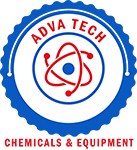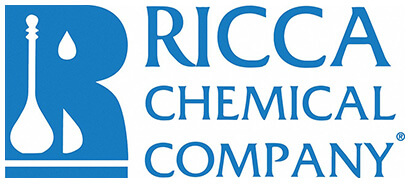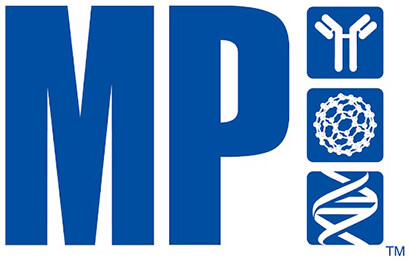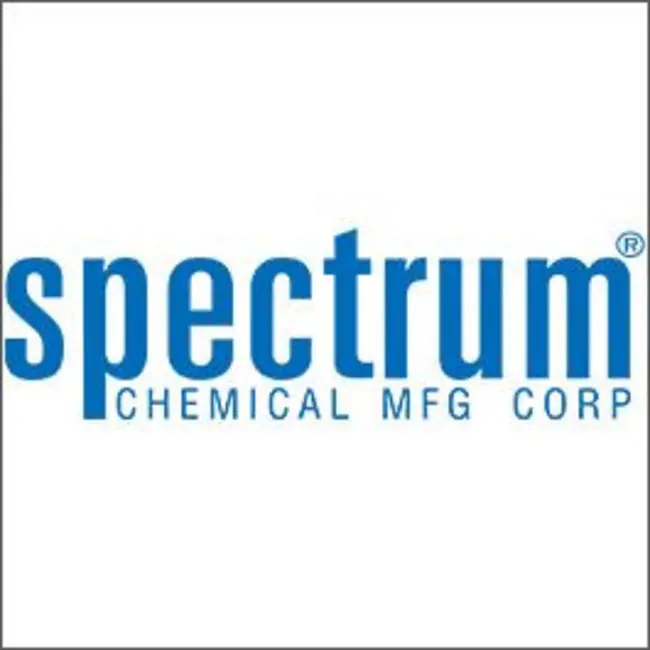Ambient
Showing 135551–135600 of 146479 results
-

SR 9009
$114.71 Add to cart View Product DetailsMolecular Formula : C20H24ClN3O4S
-

SR 9009
$182.85 Add to cart View Product DetailsMolecular Formula : C20H24ClN3O4S
-

SR 9011
$307.05 Add to cart View Product DetailsMolecular Formula : C23H31ClN4O3S
-

SR 9011
$2,425.35 Add to cart View Product DetailsMolecular Formula : C23H31ClN4O3S
-

SR9243
$54.34 Add to cart View Product DetailsMolecular Formula : C31H32BrNO4S2
-

SR9243
$86.25 Add to cart View Product DetailsMolecular Formula : C31H32BrNO4S2
-

SR9243
$268.24 Add to cart View Product DetailsMolecular Formula : C31H32BrNO4S2
-

SRT 1460 TFA Salt
$154.39 Add to cart View Product DetailsMolecular Formula : C26H29N5O4S • x(C2HF3O2)
-

SRT 1460 Trifluoroacetic Acid Salt
$446.78 Add to cart View Product DetailsMolecular Formula : C26H29N5O4S • x(C2HF3O2)
-

SRT1720 Hydrochloride
$166.46 Add to cart View Product DetailsMolecular Formula : C25 H23 N7 O S . Cl H
-

SRT1720 Hydrochloride
$302.74 Add to cart View Product DetailsMolecular Formula : C25 H23 N7 O S . Cl H
-

SRT1720 Hydrochloride
$956.51 Add to cart View Product DetailsMolecular Formula : C25 H23 N7 O S . Cl H
-

SSC 20x , molecular biology grade
$53.85 Add to cart View Product Details20xSSC solution for use in Southern and northern blotting.
-

SSC Buffer (20X)
$54.64 Add to cart View Product DetailsSSC Buffer (20X)
-

SSC Buffer (20X)
$82.43 Add to cart View Product DetailsSSC Buffer (20X)
-

SSC Buffer (20X)
$153.08 Add to cart View Product DetailsSSC Buffer (20X)
-

SSC Buffer (20X), RNase-free
$76.53 Add to cart View Product DetailsSSC Buffer (20X), RNase-free
-

SSC Buffer (20X), RNase-free
$141.29 Add to cart View Product DetailsSSC Buffer (20X), RNase-free
-
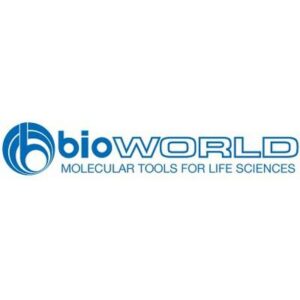
SSC Buffer Liquid Concentrate 20X
$120.42 Add to cart View Product DetailsSSC Buffer Liquid Concentrate 20X
-

SSC Buffer Liquid Concentrate 20X
$223.25 Add to cart View Product DetailsSSC Buffer Liquid Concentrate 20X
-

SSC Easy Solution
$245.85 Add to cart View Product Details3 M trisodium citrate solution for use in Southern and northern blotting.
-

SSPE (20X)
$61.63 Add to cart View Product DetailsSSPE (20X)
-

SSPE (20X)
$76.94 Add to cart View Product DetailsSSPE (20X)
-

SSPE (20X)
$142.96 Add to cart View Product DetailsSSPE (20X)
-

SSPE (20X), RNase-free
$71.43 Add to cart View Product DetailsSSPE (20X), RNase-free
-

SSPE (20X), RNase-free
$131.96 Add to cart View Product DetailsSSPE (20X), RNase-free
-

SSR128129E
$136.28 Add to cart View Product DetailsMolecular Formula : C18H15N2NaO4
-

SSR128129E
$292.39 Add to cart View Product DetailsMolecular Formula : C18H15N2NaO4
-

SSR128129E
$955.65 Add to cart View Product DetailsMolecular Formula : C18H15N2NaO4
-

ST 1059-d6(Desglymidodrine-d6)
$199.24 Add to cart View Product DetailsMolecular Formula : C10 D6 H9 N O3
-

ST 1059-d6(Desglymidodrine-d6)
$1,569.75 Add to cart View Product DetailsMolecular Formula : C10 D6 H9 N O3
-
ST 1059(Desglymidodrine)
$85.39 Add to cart View Product DetailsMolecular Formula : C10 H15 N O3
-
ST 1059(Desglymidodrine)
$139.73 Add to cart View Product DetailsMolecular Formula : C10 H15 N O3
-
ST 1059(Desglymidodrine)
$695.18 Add to cart View Product DetailsMolecular Formula : C10 H15 N O3
-

ST 1936
$112.99 Add to cart View Product DetailsMolecular Formula : C13 H17 Cl N2
-

ST 1936
$495.08 Add to cart View Product DetailsMolecular Formula : C13 H17 Cl N2
-

ST 1936
$893.55 Add to cart View Product DetailsMolecular Formula : C13 H17 Cl N2
-

St. John’s Wort Extract, 0.3 Percent Hypericin, Powder
$141.89 Add to cart View Product DetailsSt. John’s Wort Extract, 0.3 Percent Hypericin, Powder
-
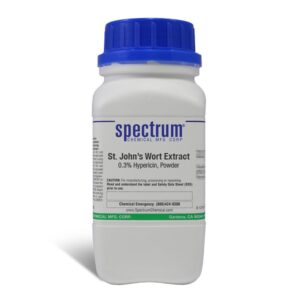
St. John’s Wort Extract, 0.3 Percent Hypericin, Powder
$343.49 Add to cart View Product DetailsSt. John’s Wort Extract, 0.3 Percent Hypericin, Powder
-

St. John’s Wort Extract, 0.3 Percent Hypericin, Powder
$921.68 Add to cart View Product DetailsSt. John’s Wort Extract, 0.3 Percent Hypericin, Powder
-
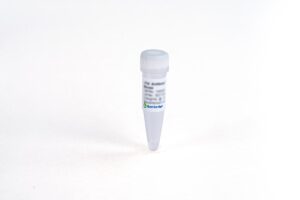
ST2 (16G5), mAb, Mouse
$144.04 Add to cart View Product DetailsSuppression of Tumorigenicity 2 (ST2), a member of the Interleukin-1 receptor family, has two isoforms, one is soluble form (sST2) and the other one is transmembrane form (ST2L). sST2, lacking the transmembrane and intracellular domains, can prevent the interaction between IL-33 and ST2L. It plays a role in inflammatory and immune processes and is considered as a promising marker for myocardial stress.
-

ST2 (16G5), mAb, Mouse
$1,440.38 Add to cart View Product DetailsSuppression of Tumorigenicity 2 (ST2), a member of the Interleukin-1 receptor family, has two isoforms, one is soluble form (sST2) and the other one is transmembrane form (ST2L). sST2, lacking the transmembrane and intracellular domains, can prevent the interaction between IL-33 and ST2L. It plays a role in inflammatory and immune processes and is considered as a promising marker for myocardial stress.
-

ST2 (16G5), mAb, Mouse
$12,247.50 Add to cart View Product DetailsSuppression of Tumorigenicity 2 (ST2), a member of the Interleukin-1 receptor family, has two isoforms, one is soluble form (sST2) and the other one is transmembrane form (ST2L). sST2, lacking the transmembrane and intracellular domains, can prevent the interaction between IL-33 and ST2L. It plays a role in inflammatory and immune processes and is considered as a promising marker for myocardial stress.
-

ST2 (6B3), mAb, Mouse
$144.04 Add to cart View Product DetailsSuppression of Tumorigenicity 2 (ST2), a member of the Interleukin-1 receptor family, has two isoforms, one is soluble form (sST2) and the other one is transmembrane form (ST2L). sST2, lacking the transmembrane and intracellular domains, can prevent the interaction between IL-33 and ST2L. It plays a role in inflammatory and immune processes and is considered as a promising marker for myocardial stress.
-

ST2 (6B3), mAb, Mouse
$1,440.38 Add to cart View Product DetailsSuppression of Tumorigenicity 2 (ST2), a member of the Interleukin-1 receptor family, has two isoforms, one is soluble form (sST2) and the other one is transmembrane form (ST2L). sST2, lacking the transmembrane and intracellular domains, can prevent the interaction between IL-33 and ST2L. It plays a role in inflammatory and immune processes and is considered as a promising marker for myocardial stress.
-

ST2 (6B3), mAb, Mouse
$12,247.50 Add to cart View Product DetailsSuppression of Tumorigenicity 2 (ST2), a member of the Interleukin-1 receptor family, has two isoforms, one is soluble form (sST2) and the other one is transmembrane form (ST2L). sST2, lacking the transmembrane and intracellular domains, can prevent the interaction between IL-33 and ST2L. It plays a role in inflammatory and immune processes and is considered as a promising marker for myocardial stress.
-

ST2 (8H6), mAb, Mouse
$144.04 Add to cart View Product DetailsSuppression of Tumorigenicity 2 (ST2), a member of the Interleukin-1 receptor family, has two isoforms, one is soluble form (sST2) and the other one is transmembrane form (ST2L). sST2, lacking the transmembrane and intracellular domains, can prevent the interaction between IL-33 and ST2L. It plays a role in inflammatory and immune processes and is considered as a promising marker for myocardial stress.
-

ST2 (8H6), mAb, Mouse
$1,440.38 Add to cart View Product DetailsSuppression of Tumorigenicity 2 (ST2), a member of the Interleukin-1 receptor family, has two isoforms, one is soluble form (sST2) and the other one is transmembrane form (ST2L). sST2, lacking the transmembrane and intracellular domains, can prevent the interaction between IL-33 and ST2L. It plays a role in inflammatory and immune processes and is considered as a promising marker for myocardial stress.
-

ST2 (8H6), mAb, Mouse
$12,247.50 Add to cart View Product DetailsSuppression of Tumorigenicity 2 (ST2), a member of the Interleukin-1 receptor family, has two isoforms, one is soluble form (sST2) and the other one is transmembrane form (ST2L). sST2, lacking the transmembrane and intracellular domains, can prevent the interaction between IL-33 and ST2L. It plays a role in inflammatory and immune processes and is considered as a promising marker for myocardial stress.
-

Stabilized dNTP Mix, 10 mM each
$30.19 Add to cart View Product Details10 mM Stabilized dNTP mix (HS dNTP Mix) is suitable for use in PCR, sequencing, nick translation, fill-in, cDNA synthesis, TdT tailing reactions, and dilution of radiolabeled dNTPs. These nucleotides are supplied as convenient, ready-to-use solutions at a concentration of 10 mM in Tris-HCl (pH 7.5). The 10 mM HS dNTP Mix contains all four dNTPs, each at a final concentration of 10 mM. 10 mM HS dNTP Mix also contains a stabilizer, which makes it a very long-lasting tool. If stored at 37°C for one week, its activity does not decrease.
